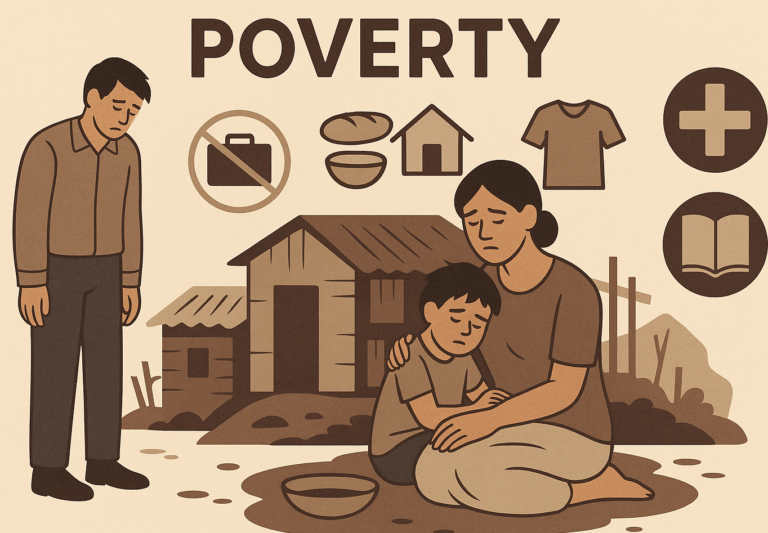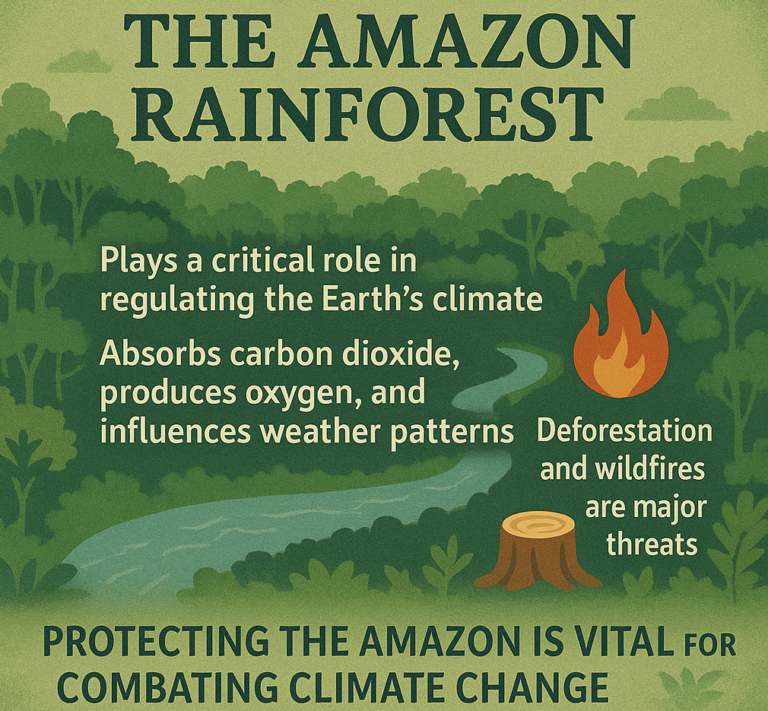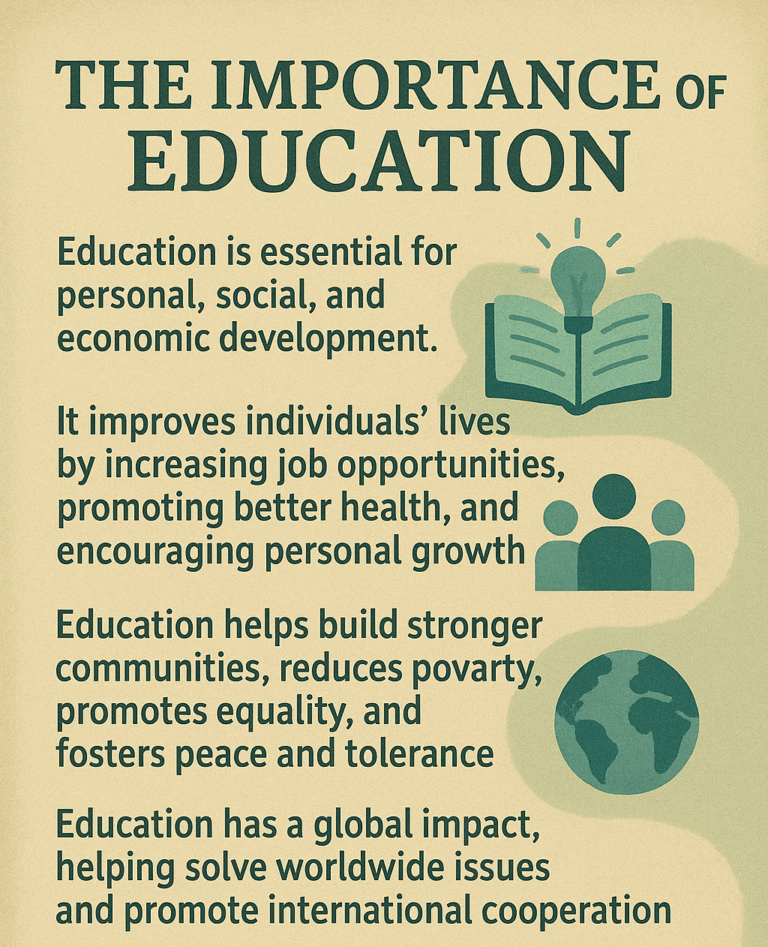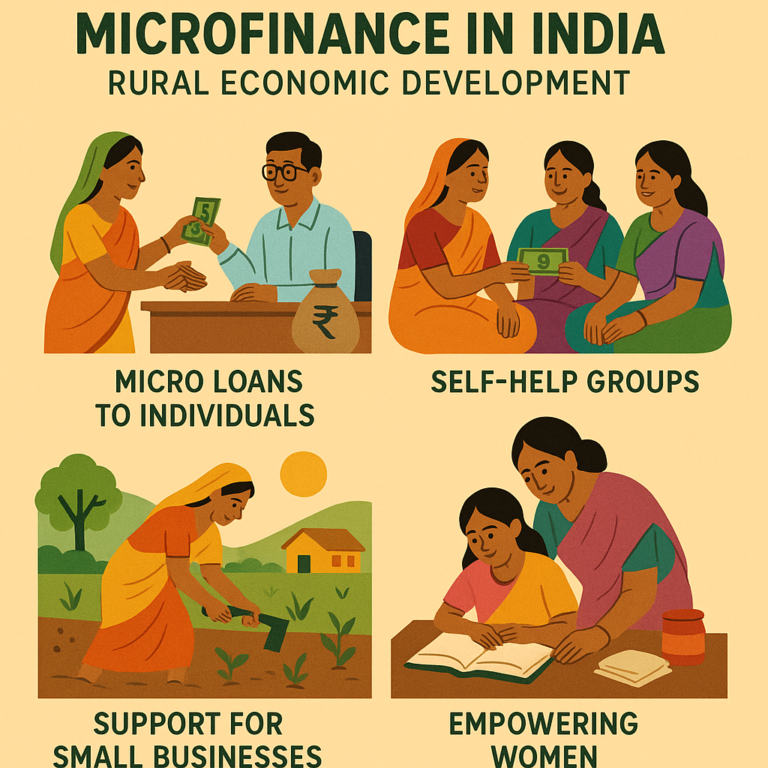Microfinance in India and its role in rural economic development in a simple and easy-to-understand way.
1. What is Microfinance?
Microfinance refers to providing small loans, savings, and other financial services to people who don’t have access to traditional banking. These people often live in rural areas or are from low-income backgrounds. Microfinance is designed to help them start or grow small businesses, improve their living conditions, and become financially independent.
In India, microfinance has become an important tool to empower poor people, especially women, and improve the overall economy in rural areas.

2. Why is Microfinance Important?
Many people in rural India, especially in remote areas, don’t have easy access to banks or financial institutions. Without loans or savings accounts, it is difficult for these people to:
- Start or grow a small business.
- Improve their agriculture or farming.
- Pay for education, healthcare, or other basic needs.
Microfinance solves this problem by providing small loans and other financial services, often without requiring collateral (like a house or land). This helps individuals in rural areas start small businesses, invest in their education, or even improve their farming techniques.
3. How Does Microfinance Work?
Microfinance in India works through a system that includes microfinance institutions (MFIs), Self-Help Groups (SHGs), and banks.
Microfinance Institutions (MFIs)
- These are specialized organizations that provide small loans and financial services to low-income people.
- MFIs assess the borrower’s ability to repay the loan based on their business or income source rather than requiring large amounts of money as collateral.
- Some famous MFIs in India include SKS Microfinance (now called Bharat Financial Inclusion) and Bandhan Bank.
Self-Help Groups (SHGs)
- An SHG is a group of people, usually women, who come together to save small amounts of money regularly and take loans collectively.
- SHGs help members in need of small loans, and the group acts as a guarantee for the loans. This method is called group lending.
- SHGs have been very successful in rural India, as they help create social bonds and give financial independence to women, who are often the primary caregivers and homemakers.
Banks and Government
- In India, many commercial banks also partner with MFIs and SHGs to offer microfinance services.
- The government plays an important role in promoting microfinance, providing subsidies and support to microfinance institutions and banks that serve rural areas.
4. Types of Microfinance Products
Microfinance in India offers a variety of products tailored to the needs of rural individuals:
- Micro Loans: Small loans given to people to start or expand small businesses or to improve farming. These loans are usually small, ranging from ₹1,000 to ₹50,000, and have low-interest rates.
- Micro Insurance: Low-cost insurance that helps poor people protect themselves from unexpected risks like accidents, illness, or natural disasters.
- Micro Savings: This allows poor people to save small amounts of money in a safe place, earning interest over time. It encourages savings and helps people manage financial emergencies.
- Pension Schemes: Some microfinance programs provide small pension schemes for poor people, especially older adults, so they can save for their future.

5. Role of Microfinance in Rural Economic Development
Microfinance has had a transformational impact on rural economic development in India. Here’s how:
1. Empowering Women:
- One of the major successes of microfinance in India is its focus on empowering women. Since many microfinance programs focus on lending to women through SHGs, it has helped women become financially independent.
- Women entrepreneurs are now able to start small businesses, improve their families’ living conditions, and send their children to school.
- According to studies, women’s participation in microfinance programs has led to a higher rate of community development.
2. Boosting Small Businesses and Livelihoods:
- Micro-loans have allowed many small business owners, especially farmers, to purchase tools, seeds, livestock, and equipment that increase their productivity.
- For example, a farmer can use a micro-loan to buy seeds and fertilizer, which helps them grow a better crop and sell it for a profit.
- These small businesses, from shops to small-scale farms, create jobs and stimulate the local economy.
3. Improving Access to Credit:
- Traditionally, poor people in rural areas had limited access to credit because they didn’t have assets to offer as collateral. Microfinance has changed that by offering collateral-free loans.
- This has helped people who couldn’t access formal banking services to start their businesses, improve their homes, or invest in their education.
4. Reducing Poverty:
- Microfinance helps reduce poverty by providing small amounts of money that make a big difference. When people get access to credit, they can invest in opportunities that improve their lives—whether it’s a small business, a better crop, or more education.
- Studies show that families who benefit from microfinance have better nutrition, healthcare, and education for their children, which leads to long-term poverty reduction.
5. Improving Financial Literacy:
- Many microfinance programs in India also focus on educating their borrowers about financial management. This includes teaching people how to save, invest, and budget, which are essential skills for improving long-term financial stability.
6. Creating Social Impact:
- Microfinance has helped in creating strong social networks in rural communities. People who join SHGs often create bonds of trust and mutual support, which leads to more community-driven development.
- These groups encourage collective decision-making, and often lead to better social outcomes like improved education, better sanitation, and healthcare.
6. Challenges of Microfinance in India
While microfinance has been successful in India, there are some challenges:
- Over-Indebtedness: Sometimes, borrowers take too many loans and struggle to repay them, leading to a cycle of debt.
- High-Interest Rates: Although the loans are small, interest rates can still be relatively high, especially in the case of some MFIs, making repayment difficult for borrowers.
- Access to Remote Areas: Reaching the most remote rural areas can be difficult due to poor infrastructure, limiting the effectiveness of microfinance.
- Regulation: There are concerns about the lack of clear regulations in the microfinance industry, which can lead to exploitation and mismanagement.
7. Conclusion
Microfinance in India plays a crucial role in rural economic development by providing small loans, savings, and financial services to people who don’t have access to traditional banking. It has particularly benefited women, helped reduce poverty, and improved financial inclusion. By empowering individuals to start businesses, improve farming, and save money, microfinance has become a powerful tool for economic growth in rural India.
While challenges remain, microfinance continues to have a positive impact, transforming the lives of millions of people in rural India, enabling them to escape poverty and build better futures for themselves and their families.
Summary:
- Microfinance provides small loans and financial services to low-income people, especially in rural areas.
- It helps people start businesses, improve farming, and increase savings.
- Self-Help Groups (SHGs) and Microfinance Institutions (MFIs) play a major role in offering these services.
- Microfinance has had a significant social impact, particularly for women, helping reduce poverty and improve living standards.








